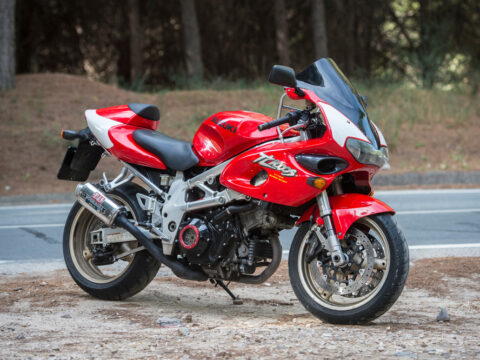Military aircraft have long been shrouded in secrecy, with advanced technologies and capabilities hidden from the public eye. In this article, we unveil 15 astonishing secret features that make these aircraft truly extraordinary. From cutting-edge stealth technology to unparalleled speed and agility, these features showcase the incredible innovation and engineering behind military aviation. Get ready to be amazed by what goes on behind the scenes in the world of secret military aircraft.
Contents
Stealth Technology
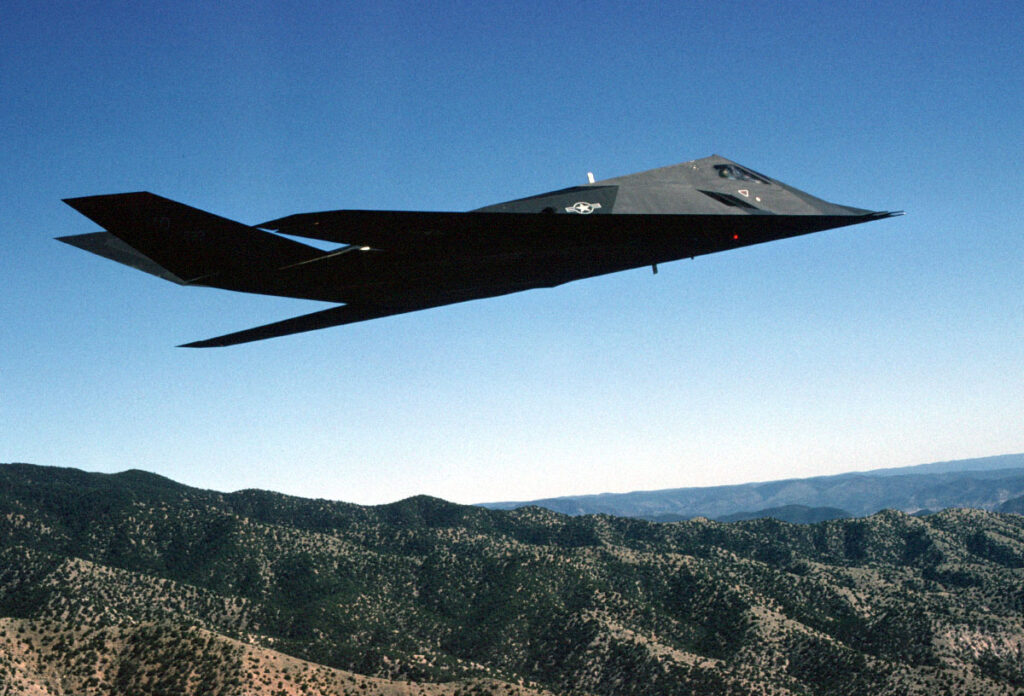
Stealth technology uses advanced materials and designs to make aircraft nearly invisible to radar. This includes radar-absorbent materials (RAM) and innovative shaping techniques that minimize radar cross-section. By reducing the aircraft’s detectable signature, stealth technology allows for covert operations, making it difficult for enemies to track or target the aircraft. Examples include the B-2 Spirit and F-22 Raptor, which employ cutting-edge stealth designs to evade detection.
Hypersonic Speed
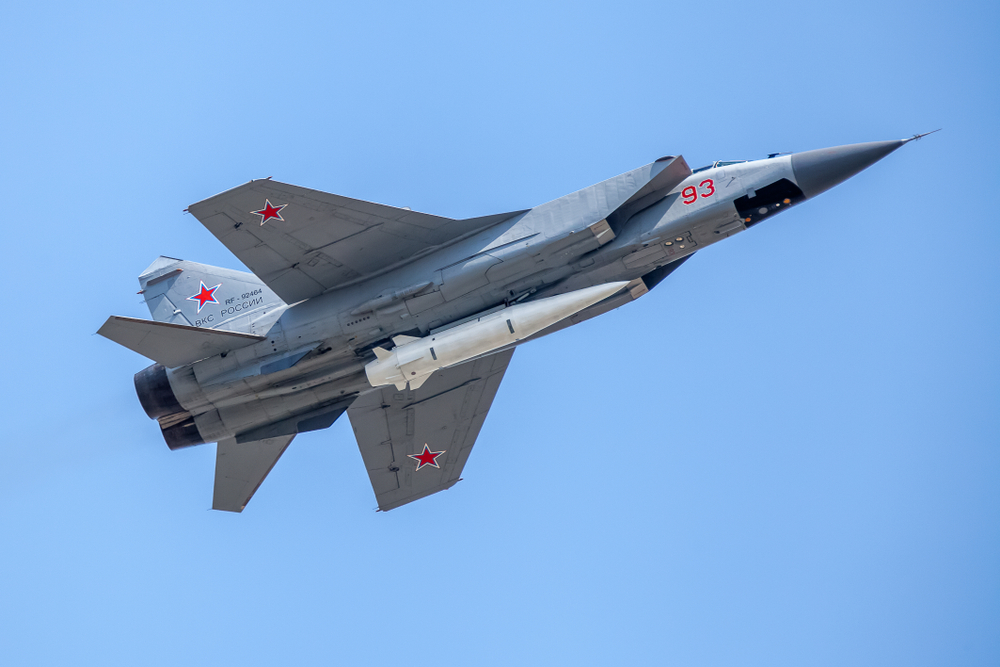
Hypersonic speed refers to aircraft capable of flying at speeds exceeding Mach 5, or five times the speed of sound. These speeds dramatically reduce travel time across the globe and enhance the ability to strike targets quickly. Hypersonic vehicles, such as the experimental X-51 Waverider, utilize scramjet engines to achieve and maintain these speeds, offering strategic advantages in both offensive and defensive military operations.
Active Camouflage

Active camouflage involves adaptive skin that changes color and patterns to blend with the surrounding environment. This technology, inspired by creatures like chameleons, uses materials embedded with sensors and pigments to alter the aircraft’s appearance in real-time. It significantly enhances stealth capabilities by visually blending the aircraft into various terrains, reducing the likelihood of visual detection by the enemy.
Advanced Electronic Warfare Systems
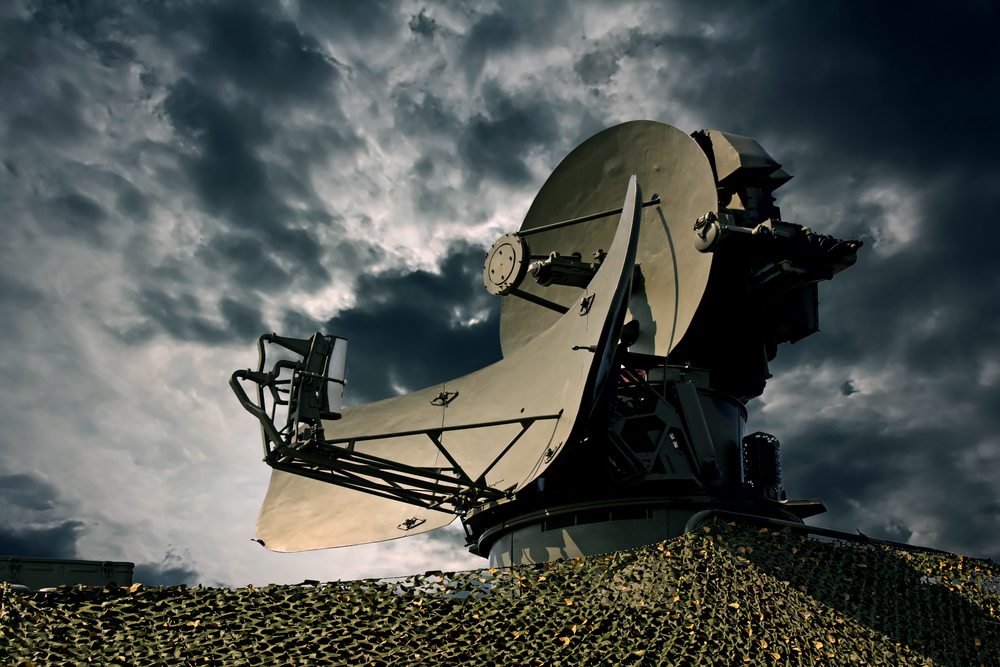
Advanced electronic warfare systems include jamming and deception technologies that counter enemy radar and communications. These systems can disrupt or confuse enemy tracking and targeting mechanisms, protecting the aircraft from being detected or locked onto. They also enhance offensive capabilities by allowing the aircraft to interfere with enemy communications and radar systems, providing a strategic edge in combat scenarios.
Directed Energy Weapons
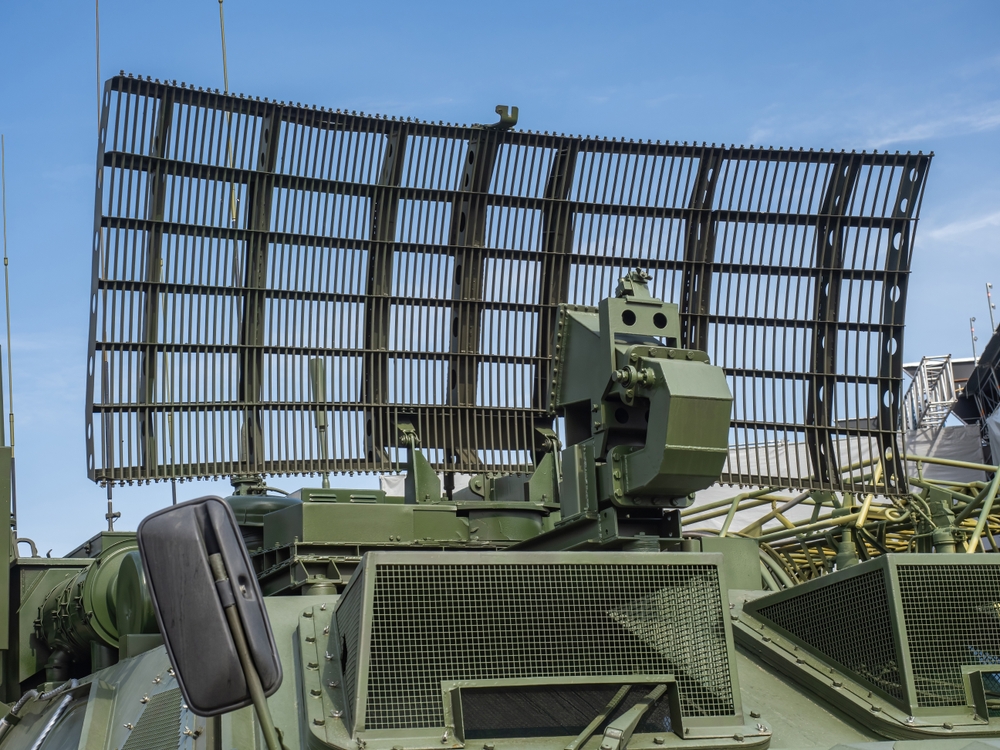
Directed energy weapons, such as lasers and microwave systems, provide precise and efficient means of targeting and disabling threats. These weapons can engage targets at the speed of light, offering instantaneous impact and reduced collateral damage. For instance, high-energy lasers can destroy incoming missiles or enemy drones, while microwave systems can disable electronic systems on hostile aircraft or vehicles.
Supercruise Capability

Supercruise capability allows sustained supersonic flight without the use of afterburners, which are typically fuel-intensive. Aircraft like the F-22 Raptor and Eurofighter Typhoon can maintain high speeds for extended periods while conserving fuel, enhancing their range and effectiveness in combat. This capability allows for rapid response and repositioning during missions, making these aircraft highly versatile.
Autonomous Flight Systems

Autonomous flight systems leverage advanced artificial intelligence (AI) for unmanned missions and autonomous operations. These systems can perform complex tasks without human intervention, including navigation, targeting, and mission execution. Unmanned aerial vehicles (UAVs) like the MQ-9 Reaper demonstrate these capabilities, allowing for extended surveillance and strike missions while reducing risk to human pilots.
Next-Gen Propulsion Systems
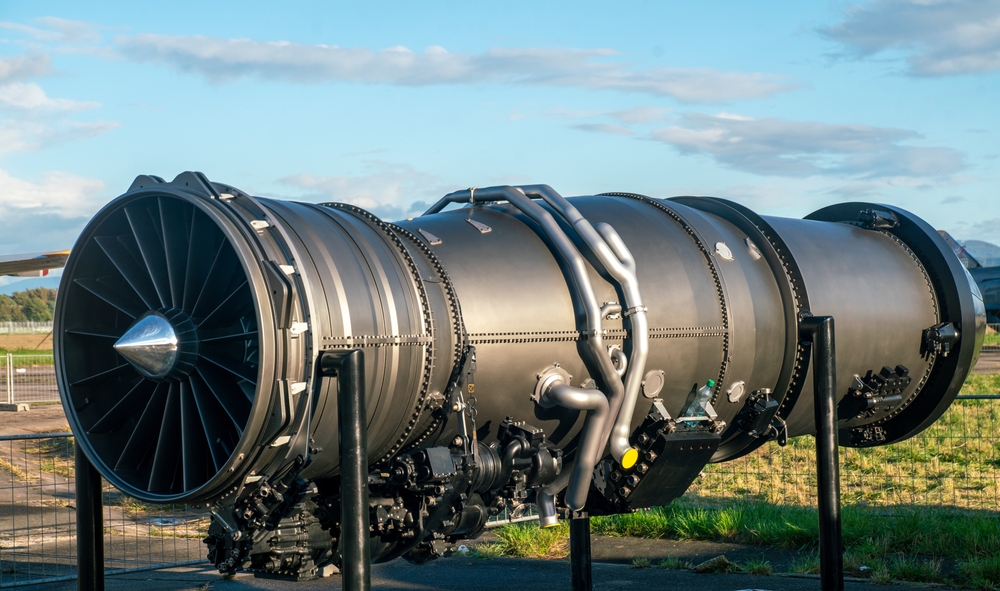
Next-gen propulsion systems incorporate cutting-edge engines that provide unprecedented speed and efficiency. These systems may include advanced jet engines, scramjets, or hybrid propulsion technologies that offer superior performance. The use of such propulsion systems enhances the aircraft’s range, speed, and operational ceiling, enabling more versatile and effective mission profiles.
Adaptive Wing Structures
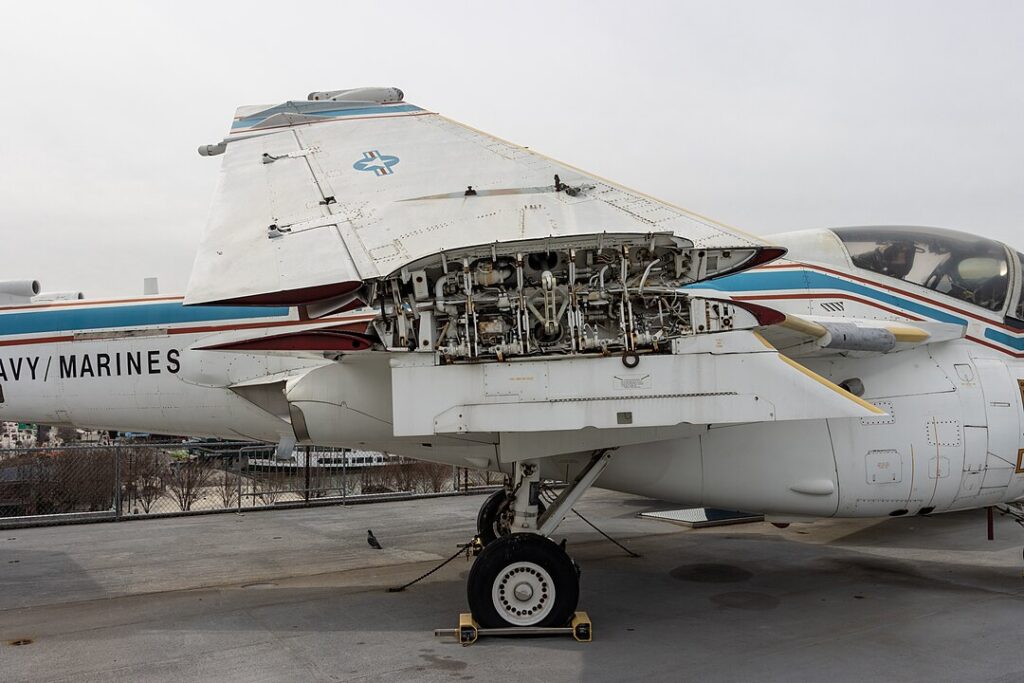
Adaptive wing structures involve wings that change shape for optimal performance at different speeds and altitudes. This morphing wing technology can improve aerodynamic efficiency, fuel consumption, and maneuverability. By adjusting wing shape in response to flight conditions, aircraft can achieve better lift, reduced drag, and enhanced agility, making them more effective in a variety of mission scenarios.
Silent Operation
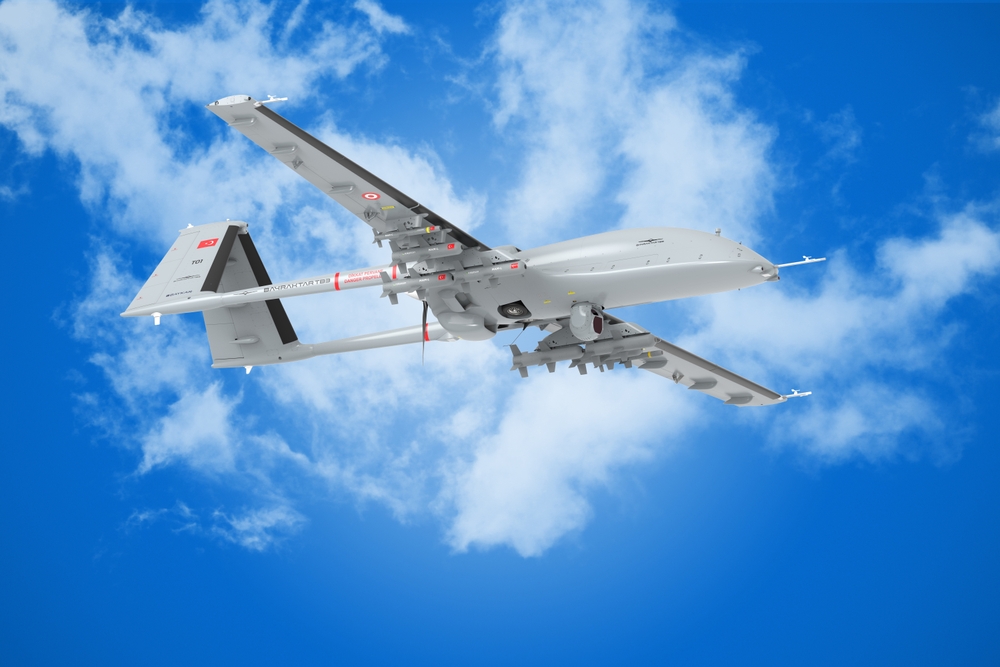
Technologies to reduce noise signatures make aircraft harder to detect acoustically. Silent operation is achieved through advanced engine designs, sound-dampening materials, and modifications to airframe structures. By minimizing noise, stealth aircraft can operate more covertly, reducing the chance of detection by ground-based acoustic sensors and enemy personnel.
Supermaneuverability
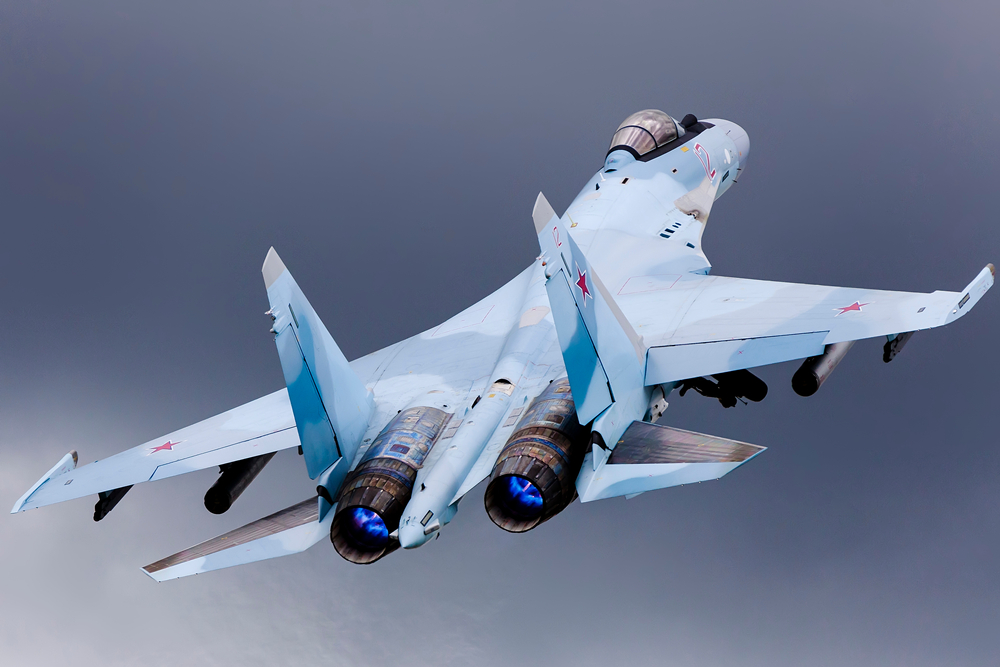
Supermaneuverability refers to enhanced agility for extreme aerial maneuvers, allowing aircraft to perform complex and aggressive flight patterns. This capability is achieved through thrust vectoring, advanced flight control systems, and aerodynamically optimized designs. Aircraft like the Su-35 and F-22 Raptor exhibit supermaneuverability, providing tactical advantages in dogfights and evasive maneuvers.
Advanced Avionics
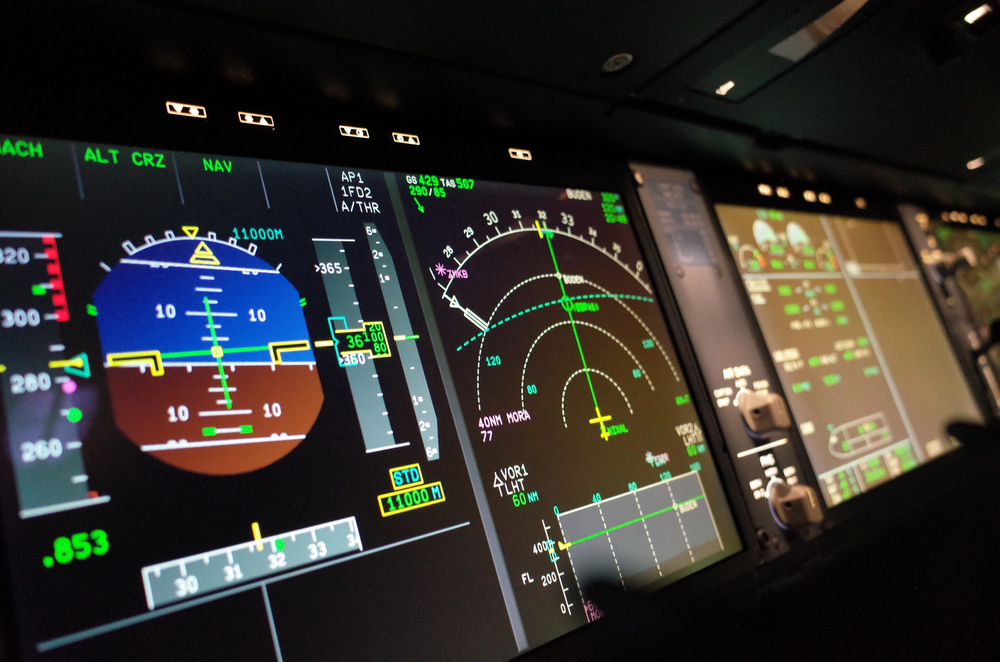
Advanced avionics encompass integrated systems that provide superior situational awareness and control. These systems include state-of-the-art radar, communication, navigation, and targeting technologies. Advanced avionics allow pilots to process vast amounts of information quickly, enhancing decision-making and mission effectiveness. Examples include the F-35’s Distributed Aperture System (DAS) and advanced helmet-mounted displays.
Enhanced Survivability

Enhanced survivability involves redundant systems and protective measures that increase aircraft durability. This includes features like self-sealing fuel tanks, armored cockpits, and redundant flight control systems. Enhanced survivability ensures that aircraft can continue operating despite sustaining damage, increasing the likelihood of mission success and pilot safety.
Extended Range
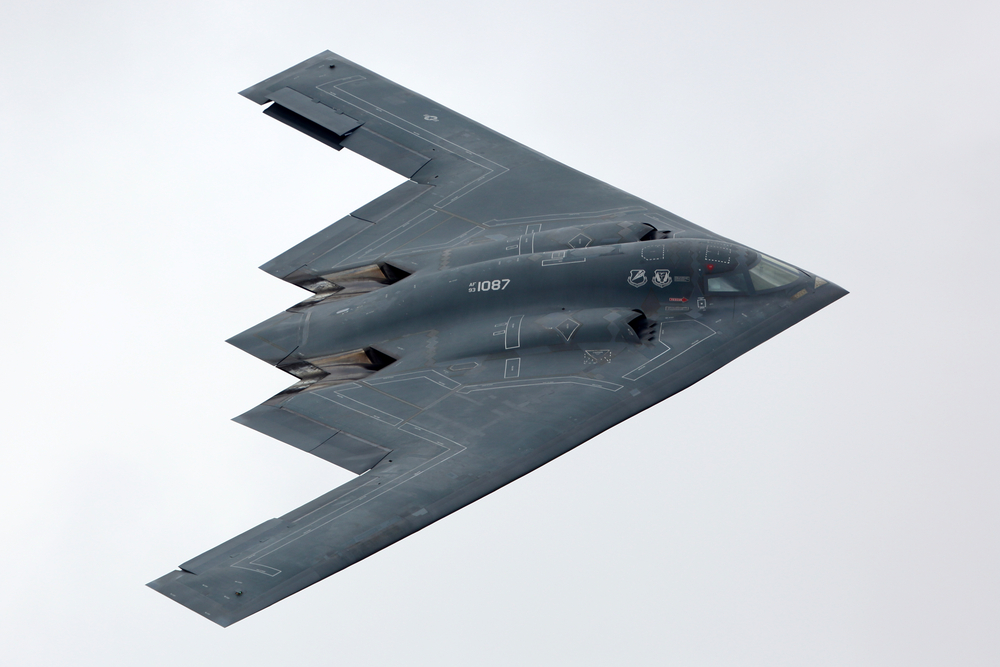
Extended range is achieved through fuel-efficient designs and in-flight refueling capabilities. This allows military aircraft to cover greater distances without the need for frequent refueling stops. Extended range enhances strategic flexibility, enabling long-range strike missions, prolonged surveillance operations, and global reach capabilities. Aircraft like the B-2 Spirit and KC-135 Stratotanker demonstrate these capabilities.
High-Resolution Sensors
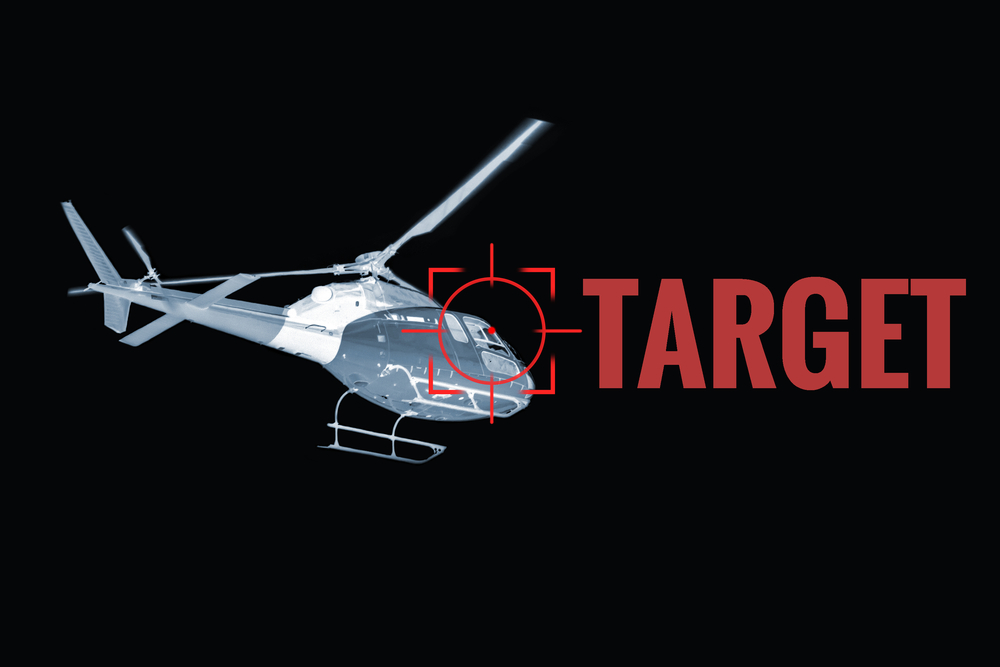
High-resolution sensors provide superior imaging and detection systems for reconnaissance and targeting. These sensors can capture detailed images and data from long distances, even in adverse weather conditions. High-resolution sensors enhance mission effectiveness by providing accurate intelligence and targeting information, critical for both surveillance and combat operations.
This article originally appeared in MyCarMakesNoise.
More from MyCarMakesNoise
8 Limited Edition Luxury Yachts Worth Investing In
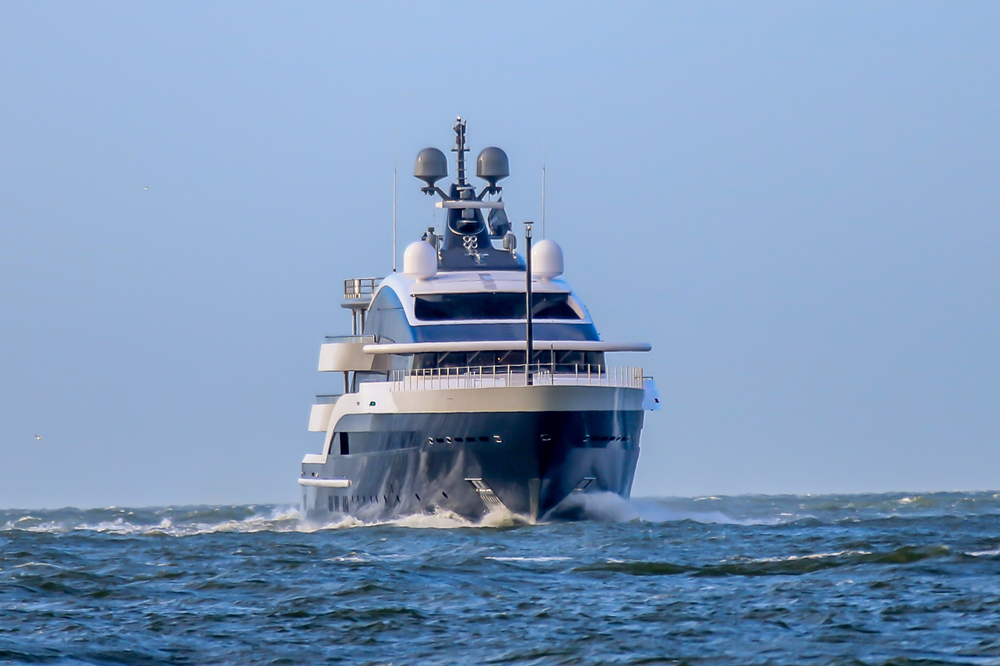
Investing in a luxury yacht is a dream for many, but finding the perfect one can be challenging. Limited edition yachts offer a unique blend of exclusivity, advanced technology, and unparalleled craftsmanship, making them highly sought after. Read More.
17 Lesser-Known Performance Cars with Impressive Specs

Performance cars often capture the imagination with their speed, power, and sleek designs. While iconic models like the Porsche 911 and Ferrari F8 steal the spotlight, many lesser-known performance cars offer equally impressive specs. Read More.
17 Rare Concept Cars That Became Valuable Collectibles
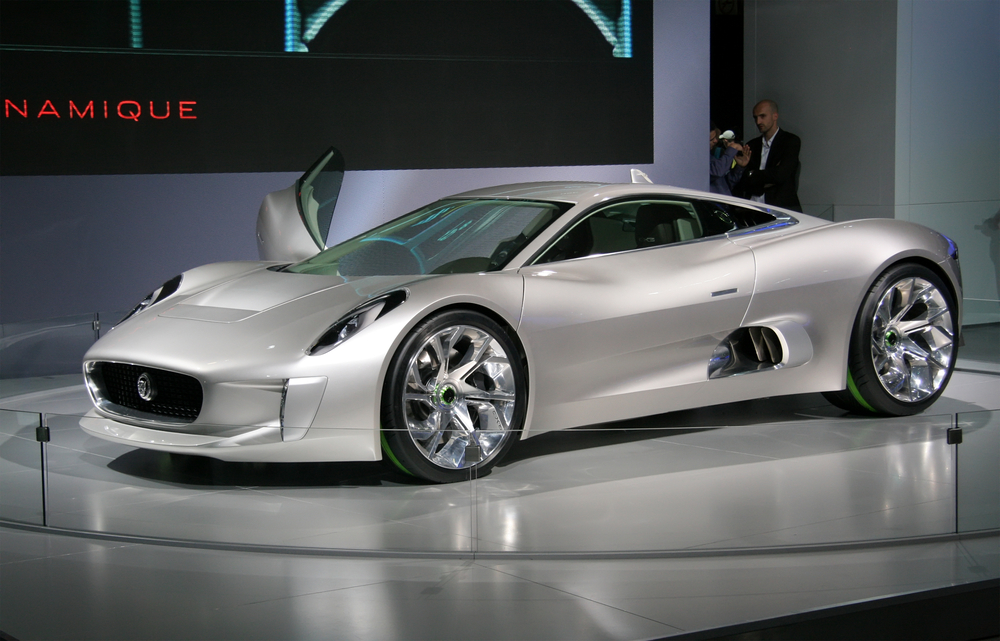
Concept cars have always fascinated car enthusiasts and collectors with their innovative designs and cutting-edge technology. Some of these rare prototypes never made it to production, yet they have become highly coveted collectibles over time. Read More.

